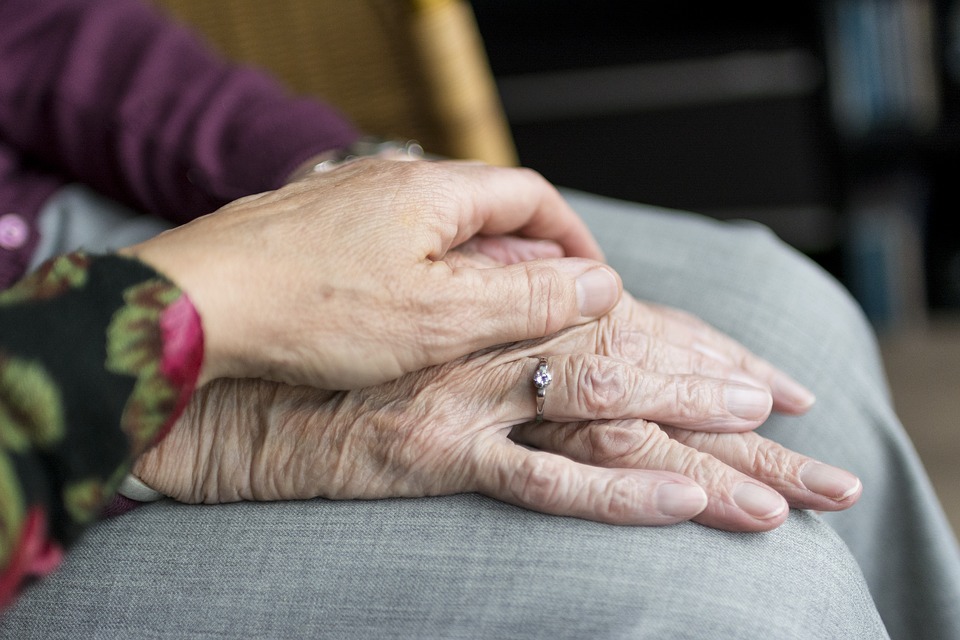Women are often met with financial inequality in the workplace. Unfortunately, the pay gap is only the beginning — more than half (51%) of working American women are financially stressed compared to only 41% of men. However, both men and women have the same level of stress when it comes to relationships, careers, and health.
These alarming stats came as a result of the most recent Salary Finance survey of 10,484 US employees. The survey showed money and finances are a leading cause of stress for 48% of American workers in general, but men feel the burden less than women. On average, women are paid one-third less annually than men, which means they’re more likely to run out of money before payday (34% v. 25%) and more likely to be refused a loan (40% v. 30%). As a result, financial stress on women significantly impacts their day-to-day lives including worry, stress, anxiety, panic, depression, sleepless nights, and troubled relationships.
What’s more, many women are either working moms, single moms, divorcees, and/or the daughter of elderly parents. Each one of these categories can leave a long-lasting negative impression on a woman’s finances. Let’s take a look…
- Maternity leave alone can put women further into debt. A majority (63%), report taking maternity leave — 59% of those said it impacted their ability to pay bills and 53% said they had to take on debt in order to make ends meet.
- According to a recent CNBC article, women will stay in unhappy marriages due to financial insecurity and stress. This comes as no surprise given the fact that the Salary Finance survey revealed women are more likely to perceive finances as a “scary” topic. It’s common for women to become financially dependent on their spouse and/or allow their spouse to handle the finances. As a result, women are worried about the financial impact a divorce would cause. In the case of divorcees, women are often left in financial hardship because of the financial decisions that were made during their marriage and their divorce.
- More often than not, daughters are tasked with the responsibility of taking care of their aging parents. According to the Family Caregiver Alliance, approximately 43.5 million Americans are providing unpaid care to an older adult. While men can also be caregivers, women shoulder most of that burden. The article goes on to say upwards of 75% of all caregivers are women and they spend 50% more time providing care than men.




